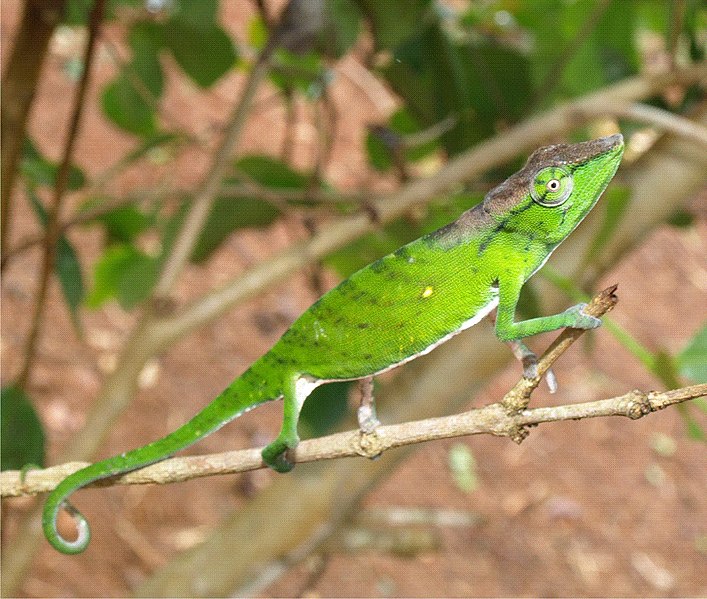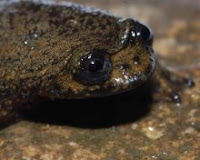 A unique list of species facing imminent extinction was released by the Zoological Society of London at the recent (September, 2012) World Conservation Congress in Jeju, South Korea. As a former member of several IUCN Species Survival Commissions, I was eager to learn the current thinking on the world’s most threatened creatures. I’ll summarize below…any opinions you may have concerning “passed over” species would be most appreciated (please post below).
A unique list of species facing imminent extinction was released by the Zoological Society of London at the recent (September, 2012) World Conservation Congress in Jeju, South Korea. As a former member of several IUCN Species Survival Commissions, I was eager to learn the current thinking on the world’s most threatened creatures. I’ll summarize below…any opinions you may have concerning “passed over” species would be most appreciated (please post below).
I’ve worked with several animals given the dubious honor of “World’s Rarest”, including the Batagur Turtle and Jamaican Iguana, and was heartened to see that zoos and private individuals are still contributing mightily to their protection. However, many of listed species are poorly-studied, and draw few supporters. Unfortunately, two such creatures that I’ve cared for in the past – the Chittenango Ovate Amber Snail and the Tanzanian Spray Toad – are now extinct in the wild. Read More »
 That Reptile Blog – Reptile, Amphibian and Exotic Pet Care and Information
That Reptile Blog – Reptile, Amphibian and Exotic Pet Care and Information

